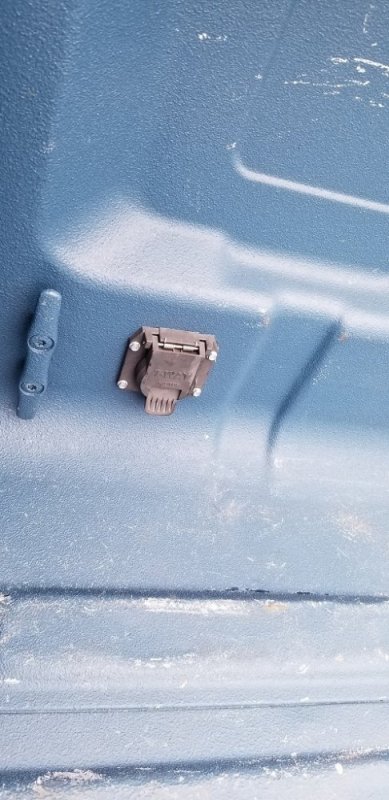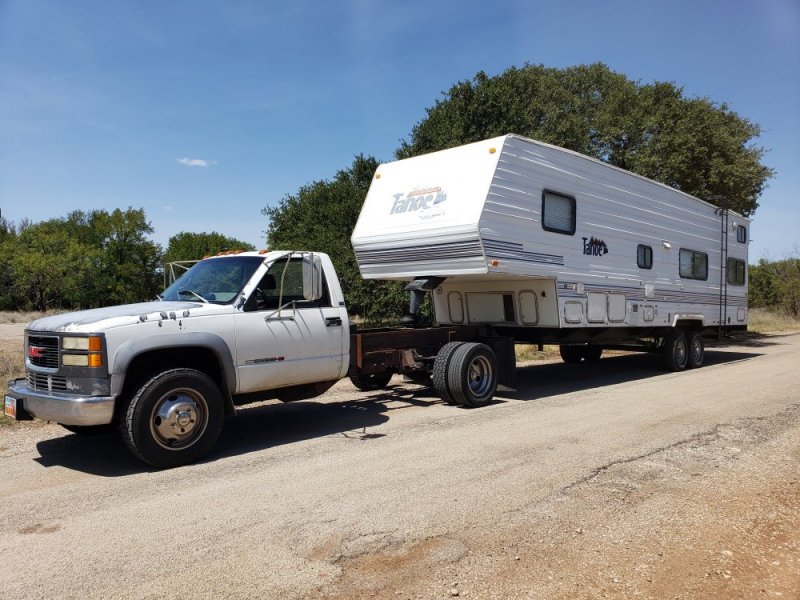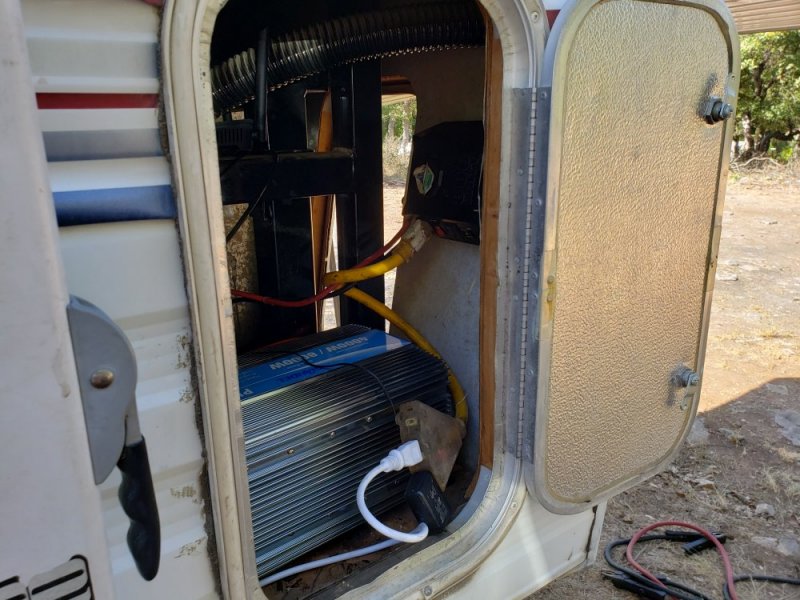JayTheCPA
Well-Known Member
rhino or Linex are available in any color now-
Good to know!
Still not so sure that I'd go that way. Dug into this a bit and saw an article from LineX where the typical weight of a LineX job is 90# (am presuming for a pickup bed). In doing the math for a ~30' RV, this comes to the mid 300's. While the CG effect might not bother some, that much weight is a factor for me for raw weight if nothing else. As my TT sits now, a full tank of water and stapels for a weekend are just inside the trailer's limit. Adding another 300#'s will take me over. Sure, some folkes see weight ratings as a suggestion, but there are some ratings that I try not to play with as I do not like needing to buy new toys from abusing the old ones
Ferm, good point about salt. Guess I am far enough away from the ocean so that salt is not a factor, and that the manufacturer painted the aluminum.
The campers I worked had the walls set on top of the flooring. Always got a kick out of that
The trailers that I am familiar with are built with the walls that sit on the flooring as well. Seems that the bottom end and upper shells are built in parallel, then the shell gets put on to the bottom end, and the innerds finished from there. Commonly see where carpeting goes on the floor prior to any of the cabinetry as well. Am not sure whether this is a structural thing or a simple efficiency of production thing. Agree that it does look funny though.



